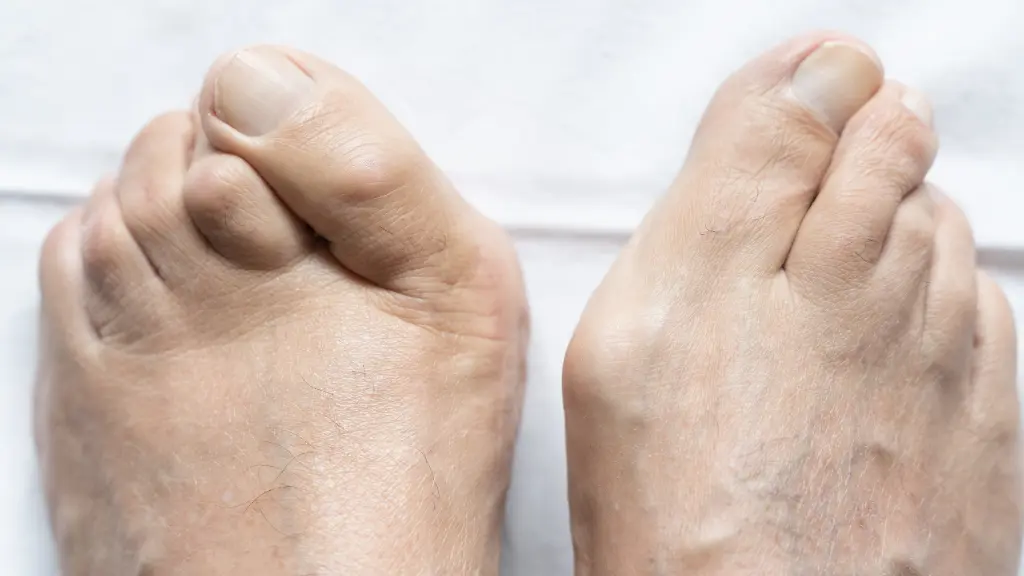Hammertoe is a common foot condition where one or more toes become bent at the middle joint. This often causes pain, discomfort, and difficulty wearing shoes.
If left untreated, hammertoe can worsen, leading to more significant foot issues. Here’s what you need to know about addressing hammertoes effectively.
You May Also Like: How Long Do I Retain Immunity?
1. What Is a Hammertoe?
A hammertoe occurs when the middle joint of a toe bends unnaturally, forming a hammer-like shape.
Common Symptoms
- Pain or irritation, especially when wearing tight shoes.
- Corns and calluses on the top of the toe.
- Difficulty moving the affected toe.
- In severe cases, open sores.
Hammertoes can affect any of the smaller toes, though the second toe is most commonly impacted.
2. Causes of Hammertoe
Hammertoe develops due to an imbalance in the muscles, tendons, and ligaments responsible for toe movement. Factors that contribute include:
Improper Footwear
- High heels or tight shoes can force toes into unnatural positions.
- Shoes that are too narrow increase pressure on the toes.
Genetics
- Inherited foot structures or conditions like flat feet or high arches can predispose individuals to hammertoes.
Injury
- Trauma, such as stubbing a toe or breaking it, can lead to deformities.
Underlying Conditions
- Arthritis or neuromuscular diseases like diabetes can weaken toe stability.
3. Diagnosing Hammertoe
To diagnose hammertoe, a podiatrist typically:
- Conducts a physical exam of the foot.
- May order X-rays to assess bone and joint alignment.
Early diagnosis is crucial for preventing further complications.
4. Non-Surgical Treatments
Many hammertoes can be managed with non-surgical methods, especially in the early stages.
Footwear Adjustments
- Wear shoes with a roomy toe box and low heels.
- Avoid shoes that squeeze or pinch the toes.
Orthotics
- Custom insoles or pads can help distribute pressure evenly.
- Toe spacers can realign toes and reduce friction.
Exercises
- Toe stretches and flexing exercises can strengthen muscles and improve flexibility.
- Picking up small objects with your toes can help maintain mobility.
Pain Relief
- Use over-the-counter pain relievers like ibuprofen for inflammation.
- Apply ice packs to reduce swelling.
5. When Is Surgery Necessary?
Severe or rigid hammertoes that don’t respond to non-surgical treatments may require surgery.
Common Surgical Options
- Tendon Release: Lengthens or adjusts tendons to correct toe position.
- Joint Removal: Realigns the toe by removing parts of the joint.
- Fusion Surgery: Stabilizes the toe by fusing bones together.
Recovery Tips
- Post-surgery, you’ll need to avoid weight-bearing activities for a few weeks.
- Follow your doctor’s guidance for physical therapy and wound care.
6. Preventing Hammertoes
Preventing hammertoes involves taking proactive steps to protect your feet.
Choose the Right Shoes
- Opt for comfortable, supportive footwear with a wide toe box.
- Avoid wearing high heels frequently.
Strengthen Your Feet
- Regularly perform toe and foot exercises to maintain muscle balance.
- Stretch your toes daily, especially after wearing restrictive shoes.
Keep Feet Healthy
- Manage underlying conditions like arthritis or diabetes.
- Check your feet regularly for signs of corns, calluses, or deformities.
7. Managing Corns and Calluses
Corns and calluses are common with hammertoes due to friction and pressure.
How to Address Them
- Use cushioned pads or protective covers to reduce irritation.
- Soak feet in warm water and gently file down rough skin.
- Avoid cutting or shaving corns yourself, as it may lead to infections.
8. Long-Term Outlook
With proper care, most people with hammertoes can achieve pain relief and improved mobility. Early intervention is key to avoiding more invasive treatments.
Living with Hammertoe
- Make footwear choices a priority.
- Stay consistent with foot exercises and stretches.
- Consult a podiatrist for periodic check-ups to monitor foot health.
9. Myths About Hammertoes
There are several misconceptions about hammertoes:
- Myth: Only older adults get hammertoes.
- Fact: Anyone can develop hammertoes, though risk increases with age.
- Myth: Surgery is always the answer.
- Fact: Non-surgical methods often provide significant relief.
- Myth: Hammertoes will go away on their own.
- Fact: Without treatment, hammertoes typically worsen over time.
10. When to See a Doctor
Seek professional help if:
- Pain persists despite home treatments.
- You notice swelling, redness, or open sores.
- The toe becomes stiff and immovable.
Podiatrists can provide tailored treatment plans to suit your needs.
Conclusion
Hammertoes may be painful and inconvenient, but with the right approach, you can manage and even prevent them. From proper footwear to targeted exercises, there are many ways to keep your feet healthy and comfortable. Don’t hesitate to seek medical advice if your condition worsens or pain becomes unmanageable.
Your feet carry you through life—take good care of them!











[…] You May Also Like: What Can You Do About a Hammertoe? […]